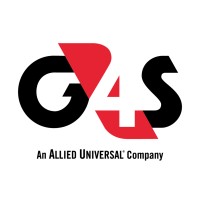
Gocil Tecnologia em Segurança e Serviços
One of the largest companies in the professional services and security markets in Brazil. Formed by four branches, patrimonial security, personal security, electronic security and general services. Counting with around 16.000 employees, Gocil is present at several brazillian states and offers its services to different segments, as medical, oil&gas, retail, industry, shopping centers, etc






